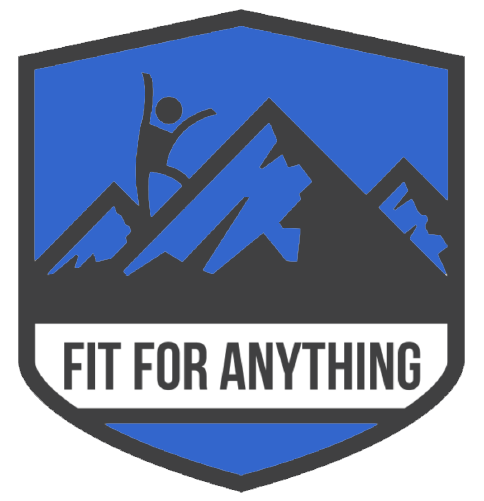We look at how body conditioning could very well be the secret ingredient for training when it comes to achieving a new personal best.
Have you ever wondered why most people achieve a PB (personal best) towards the end of the season? It’s no secret that there are many pieces to the puzzle when it comes to achieving a PB in any discipline. You think you have it all sussed and are making progress. Then all of a sudden you’re halted in your tracks and struggling to see any progress at all.
Equipment plays some part in all of this, having the latest gadgets and watches monitoring how you’re doing, or wearing compression clothing to speed up your recovery so that you can get in those extra runs or training sessions in the week. However, all this can be worthless unless you have a good strength and conditioning programme in place.
The first challenge is to know what strength and conditioning actually mean because it’s not something that only an elite athlete needs.
Conditioning is about having the balance in your training. It involves a structured programme to follow, that will break your training into sections so that you’ll reap the benefits when it comes to those all-important races.
Take running for example. For conditioning, you want to be thinking of using a weights programme that has legs, glutes and core elements programmed into the heart of the sessions, primarily as these are your main muscle groups that are used when you’re pounding the pavements or track.
Think about it, activating your glutes is going to mean your hips are super stable. Not only that but you’ll have a good centre of gravity to push off from and get your legs striding forwards. You need to make sure your legs and knees have got the strength and drive to keep working right to the end of your race, so need to build up your quads and equally your hamstrings to keep that power there.
If you look at most pictures of people running they have at least one foot on the floor. People forget about the balance required. This means you need to have training involving single leg work too, so that you have equal strength and power in both legs to make sure you’re not more dominant in one leg leading overuse and an injury.
This conditioning takes time. But if you’re strengthening the muscles in your body and have a training regime that is balanced, this will build the foundations for that elusive PB. As you set off on the start line knowing that you’re in peak physical condition, you can cross the finish line with a PB and a smile on your face.
If you have found this useful then don’t forget to check out some more top tips on achieving running PBs in the next month’s blog.

